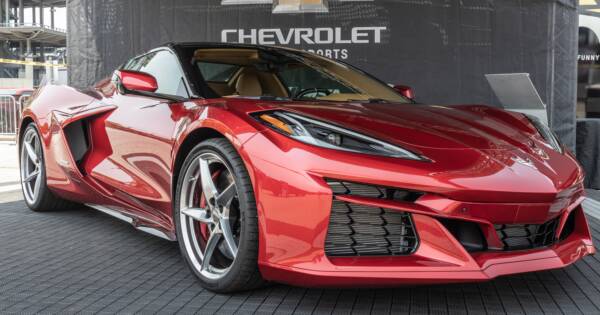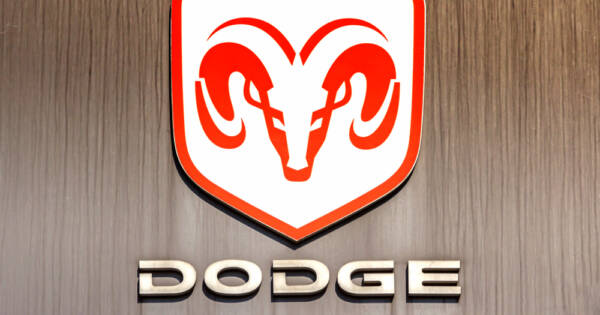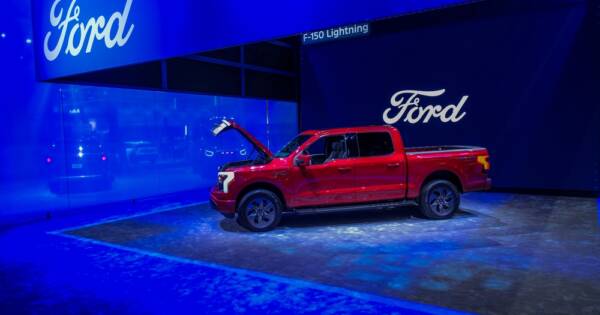- Every vehicle has a finite lifespan, no matter how well you take care of it.
- At some point, it may be costing you more money to keep an old car on the road than it would to buy a newer one.
- When safety is compromised, a replacement vehicle should shoot to the top of your priorities.
Some financial experts insist that you should drive a car as long as possible, to ensure you get the most out of it. After all, every vehicle is a depreciating asset. At a certain point, you’re unlikely to get much of a return when the car is sold. You certainly won’t get back anywhere near what you paid for it. Might as well drive it into the ground, right?
Well, not so fast. There are many reasons why driving a vehicle too long is impractical, costly, or even dangerous. While we support being thrifty, we also think there are certain telltale signs everyone should pay attention to when it comes to their car. Some of those signs are giant ref flags that it’s time to replace your old ride. Here are 12 signs to keep watch for.
12. The Technology is Obsolete
Vehicles change very quickly these days. Technological advancements are moving at a breakneck pace. There are new bells and whistles added to vehicles all the time. Some enhance your safety while others merely improve the entertainment value. One sure sign that it’s time to purchase a new car is when you feel that your current vehicle’s technological features are obsolete or missing altogether.
If, for example, you’re driving around with a six-disc CD player instead of Bluetooth and no built-in navigation system in your car, it may be time to consider upgrading to a new vehicle. Preferably one that was built this century.
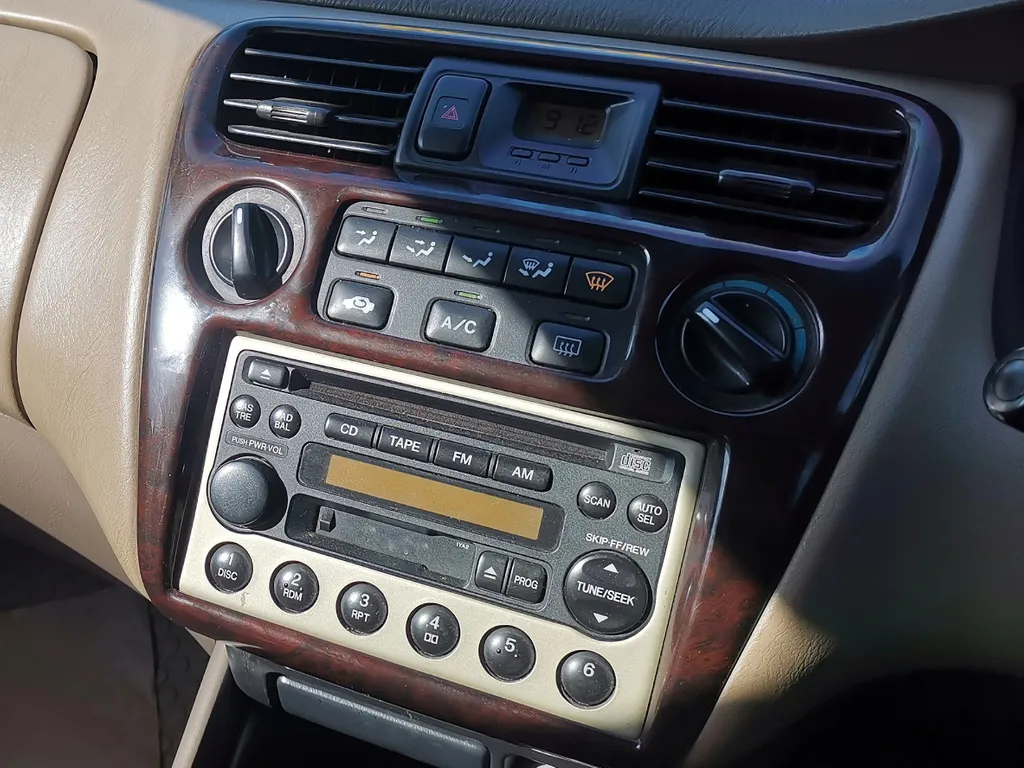 Shutterstock
Shutterstock11. Its Performance Is Impacted by the Weather
If you’re driving a car that won’t start when its cold out or overheats when its hot, then chances are you need a new one. After all, your car’s performance and reliability should not be impacted by the weather. This only happens when a vehicle is really old, the battery is at the end of its life, or the radiator needs to be replaced. Not to mention other parts, like an engine hoses or fans.
This is a sad state for you car, and one no owner should find themselves in. If you have to cross your fingers when you turn the key on a chilly winter morning or searing summer afternoon, then it’s time to upgrade. Think of this as the universe sending you a sign.
 Shutterstock
Shutterstock10. Breakdowns (And More Breakdowns)
The occasional breakdown on an older vehicle should be expected. Paying for a needed repair every now and again is reasonable. However, when a car starts breaking down with increasing frequency, it’s time to start thinking about getting another vehicle. As a general rule, you don’t want to experience more than two breakdowns a year. And by breakdown, we mean incidents that prevent the car from being driven and require major, costly repairs.
We’re not talking about having to replace the windshield wiper blades or the air filter. Or routine maintenance like brake jobs, oil changes, or replacing a worn set of tires. We’re talking about replacing radiators, exhaust systems, and fixing major engine/transmission malfunctions. If you get to a point where your car is breaking down every two, three, or four months, then you’ve got a jalopy on your hands. Get rid of it.
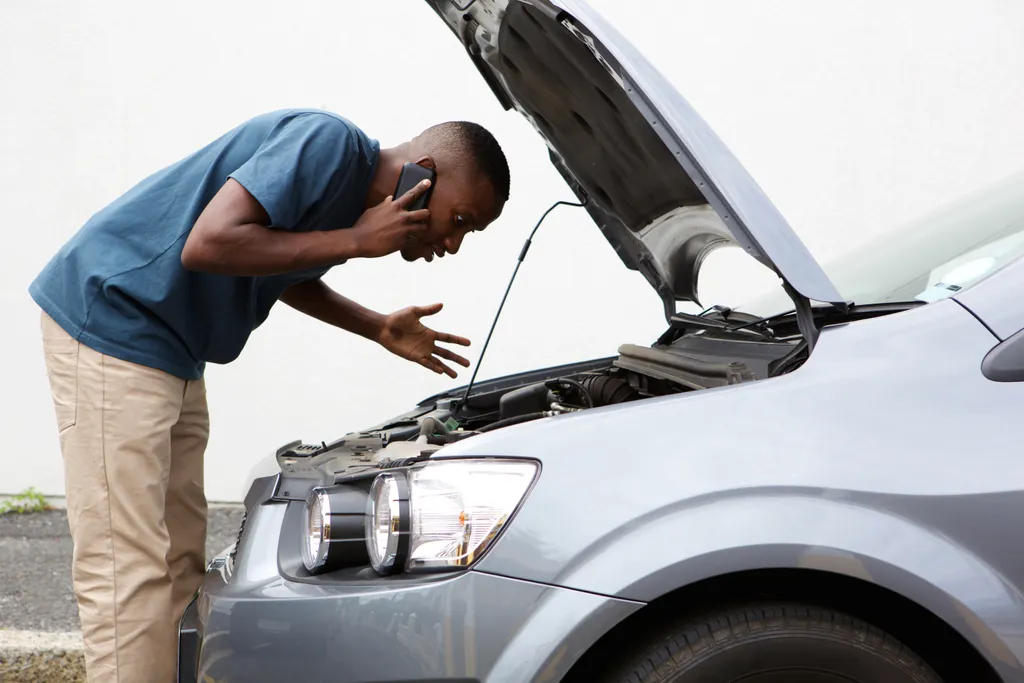 Shutterstock
Shutterstock9. Life Changes
That Toyota Yaris subcompact was great when you were single and starting your first job. With a second baby on the way and more than one car seat to install, it might be time to get a new vehicle. You know, one that actually fits your current lifestyle. This might be stating the obvious, but our lives and lifestyles change as we get older. That can directly impact the type of vehicle we drive.
You may have sworn that you would never be someone who drives a minivan. However, when you’re 35 and have three young kids in tow, you will suddenly appreciate the roominess. Isn’t it great how the seats fold into the floor? One sure sign you shouldn’t ignore is when you suddenly find that your car is no longer compatible with what you need to use it for. After all, how much soccer gear can you really fit into a Yaris?
 Shutterstock
Shutterstock8. You’re Spending More On Gas
The older the car, the less fuel efficient it will be. Every year, a new crop of cars come out. Each one is a little more fuel efficient than the previous model. If you’re driving a car you bought in the 1990s, chances are you’re spending a lot more time at the gas station than someone driving a 2018 Nissan Leaf.
While you might not be making any more payments on your old car, all those trips to the gas pumps add up in terms of costs. Plus the price of gas never seems to be trending down either. It depends on how many miles you drive a week. However, if you find yourself at a gas station more than two times each week, then you might be spending too much money on gas. Consider getting something more fuel efficient.
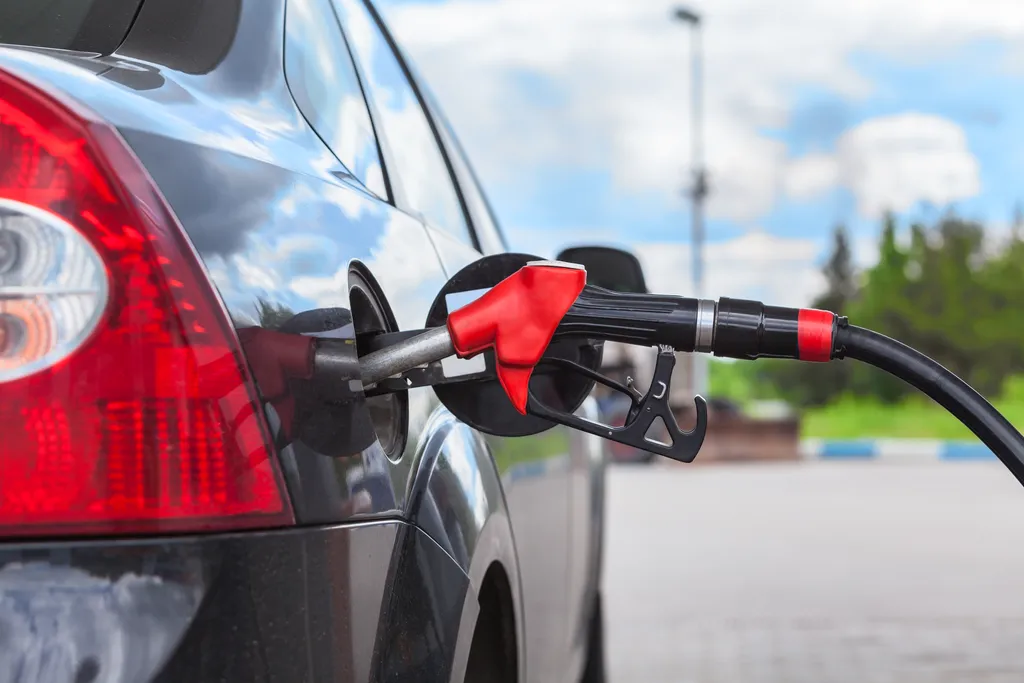 Shutterstock
Shutterstock7. Spare Parts Are No Longer Available
You might want to keep your current car running as long as possible. Eventually though, it will become harder (and more expensive) to keep it on the road. This is because the spare parts needed to fix your make and model will eventually become hard to find. Mechanics will start telling you they will “order that part in” or they’ll have to “search the internet and see what’s out there” when it comes to the items needed.
Even worse, you might find that the manufacturer of your car has discontinued certain parts. This is a bad sign. The situation will only get more expensive as time goes by. If you find that parts for your car are no longer easy to find and have to be specially ordered, then it is definitely time to start shopping for a new vehicle.
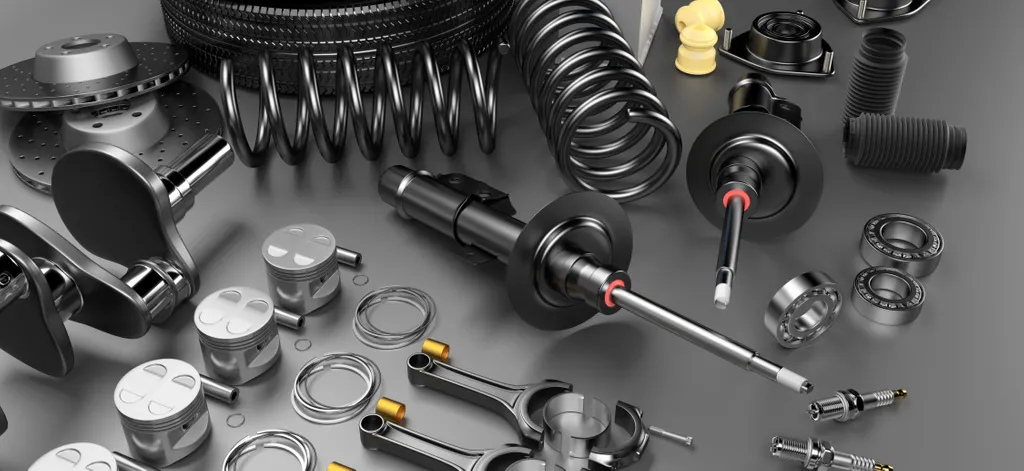 Shutterstock
Shutterstock6. The Shame Factor
We’ve all heard the terms “rust bucket” or “bucket of bolts” to describe an aging vehicle. This terminology exists for a reason. Many people will continue driving a car even when it’s truly an eyesore. Even if the owner is oblivious to how the car looks parked in their driveway or cruising down a highway, chances are that friends, family, or neighbors are all too aware of how bad the vehicle looks.
If you suspect that your family and friends are ashamed by the car you drive, or make excuses not to be seen riding in it, that’s a sign that you need to get a new car. And no, different colored car doors are not cool. Time to get something a little less embarrassing.
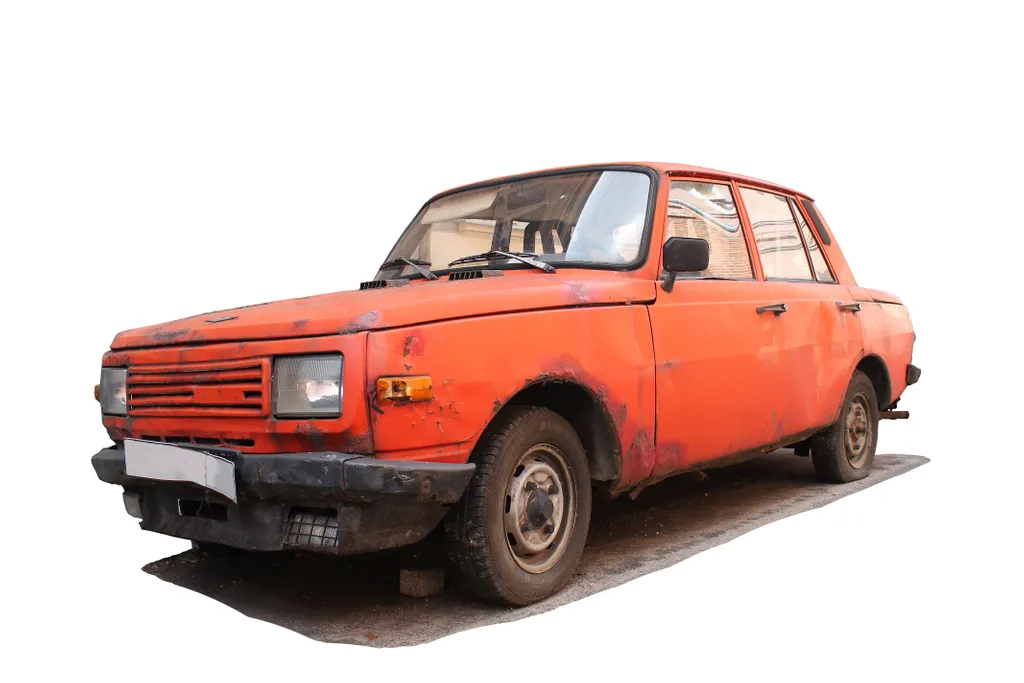 Shutterstock
Shutterstock5. Insurance Costs Are Rising
It’s an odd fact, but older cars can sometimes be more expensive to insure. Newer cars come equipped with safety features that are not available in older vehicles. They also might be easier to steal, depending on the model. Even if you have a spotless driving record, older cars can see your annual insurance premiums creep up – especially if you use the car to commute to work.
Paying attention to the insurance premiums is just as important as the other costs associated with operating the vehicle. You need to include insurance with fuel, routine maintenance, and repair costs. You don’t often think about your monthly insurance premium as a driving cost. It’s mentally lumped into that other category of “monthly bills I have to pay.” This is especially true if you’ve bundled you auto insurance in with your house, renter’s, or life insurance. However, it can be more expensive than you realize.
 Shutterstock
Shutterstock4. The Car Fails Emissions Tests
A clear sign that your car is outdated is when it no longer passes environmental emissions tests. Newer vehicles have various “drive clean” technologies that make the emissions coming from the tailpipe better for the environment. Older model cars do not have these technologies, and many will eventually not pass tightening emissions standards.
Some drivers have to spend a lot of money adding new technology to their vehicle just to get it to pass an emissions test. Some really old vehicles are not even be allowed to take an emissions test (unless they are a qualifying classic or antique car). If this happens to you, then you may want to consider replacing your car entirely, rather than shelling out to squeak out a passing grade.
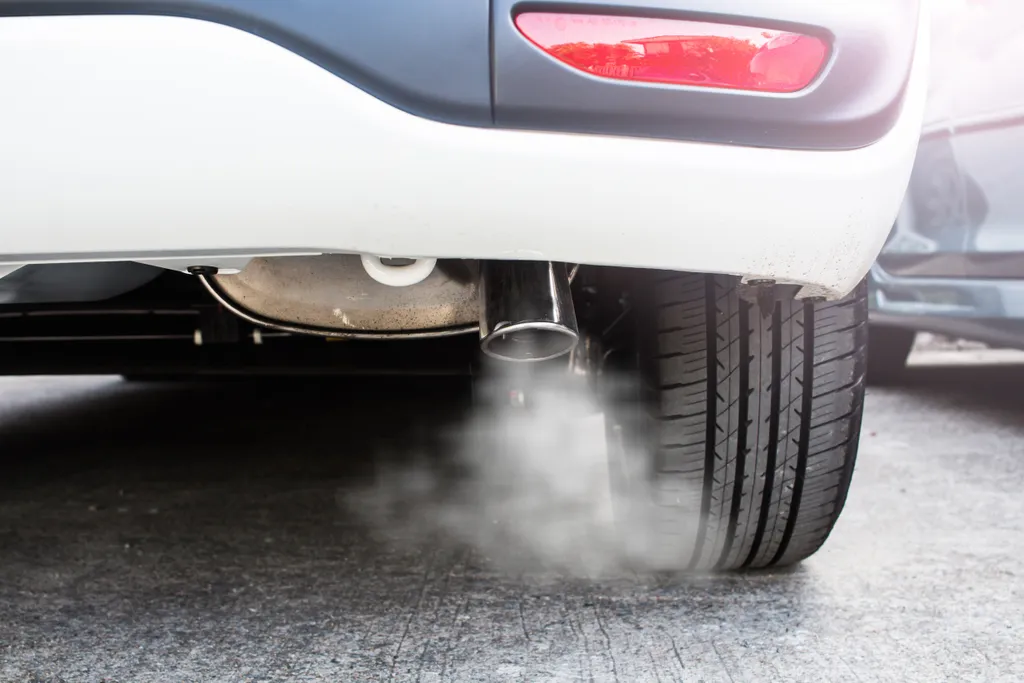 Shutterstock
Shutterstock3. Repairs Cost More Than the Car Is Worth
The rule of thumb when it comes replacing an old car is when the repairs start to cost more than the damn thing is even worth. If you need to spend $2,000 for an engine repair, and the car is only worth $1,500, then it would be foolish to pay to have the vehicle fixed.
You can also do the “tire test.” When it comes time to put new tires on the vehicle, ask yourself if the car is worth the cost of a new set of tires. If the answer is a resounding “no,” than you should head out to buy a replacement. When paying to repair an old car is getting expensive and you are unlikely to see any return on your investment, then it is time to send that old car to the scrap yard.
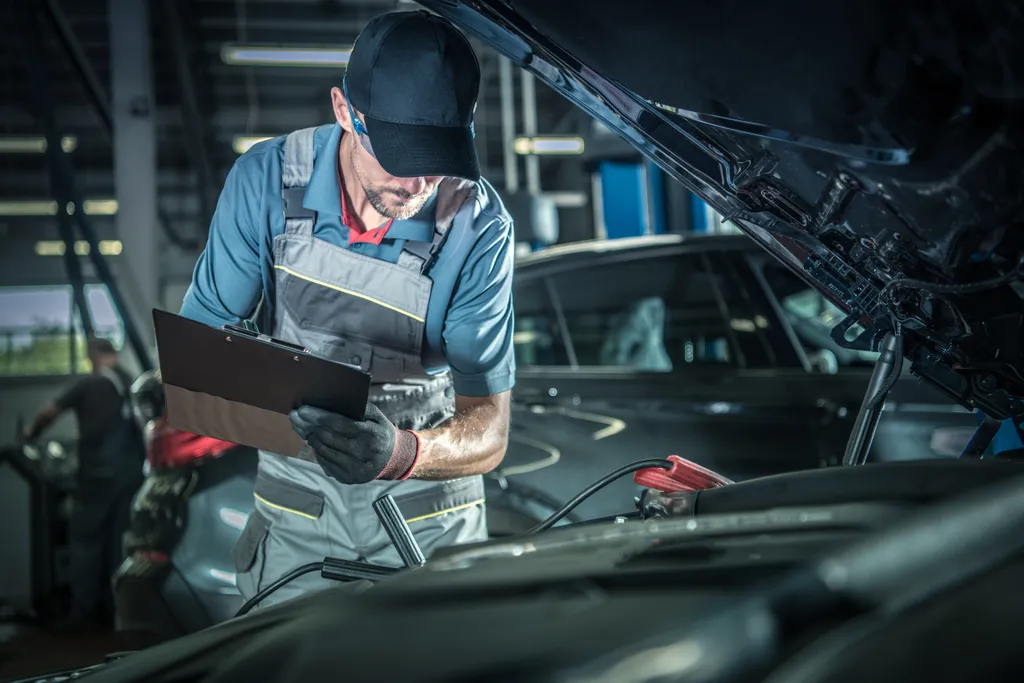 Shutterstock
Shutterstock2. Safety Is Being Compromised
The biggest sign that you should buy a new car is when you feel that the safety of the vehicle is being compromised. No matter how well-maintained your car is, eventually it will become unsafe to operate. Old cars eventually become unreliable, and this can happen at dangerous times — like losing brakes or steering while you’re cruising down the highway.
Older cars do not have many of the advanced safety features that are found in newer vehicles. We’re talking about things such as side airbags, electronic stability control, rear view cameras, blind spot monitoring, and forward collision alert. If you (or your passengers) have a general feeling of uneasiness when riding in your vehicle, then it’s time to start shopping. Never compromise safety.
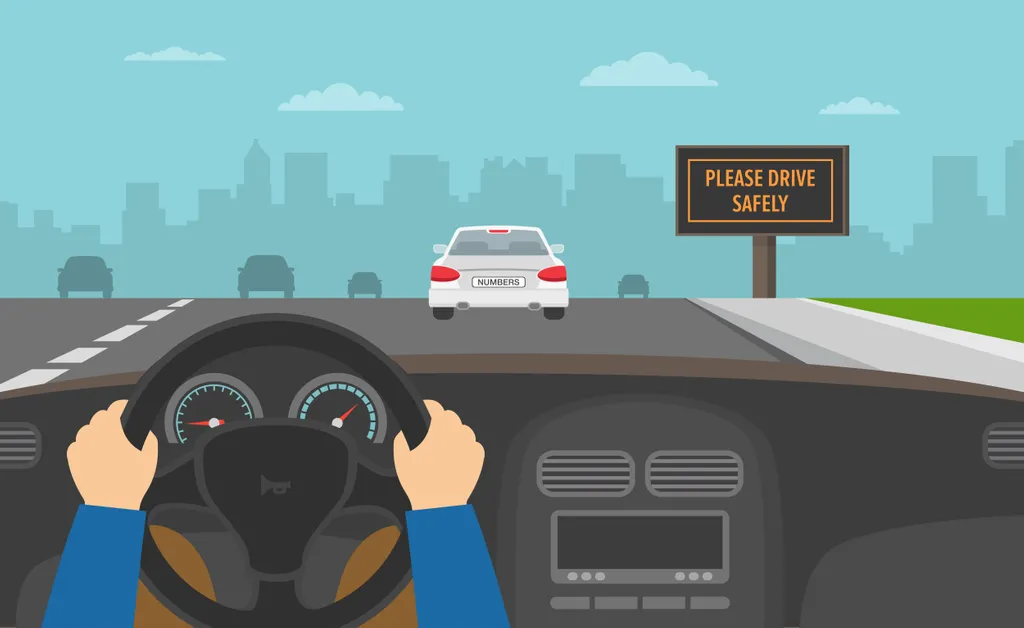 Shutterstock
Shutterstock1. You Can Afford It
Let’s face facts, here. A vehicle is an expensive purchase. Whether you’re saving your pennies for a decent used model or breaking the bank on a luxury roadster, we’re talking tens of thousands of dollars. We won’t tell you how to run your budget. However, if you find yourself with a vehicle that has seen better days and a sudden influx of cash, why not consider an upgrade?
Unless you’re making serious lifestyle changes, you’re probably going to continue needing a vehicle. So if that tax return, annual bonus, or unexpected inheritance isn’t needed for something more pressing (ie, debt), go ahead and spend some of it on a new car. Whether you shop smart for a reliable-yet-modest commuter or GO BIG on something flashy and fast is entirely up to you. Just make sure you’re spending your money appropriately.
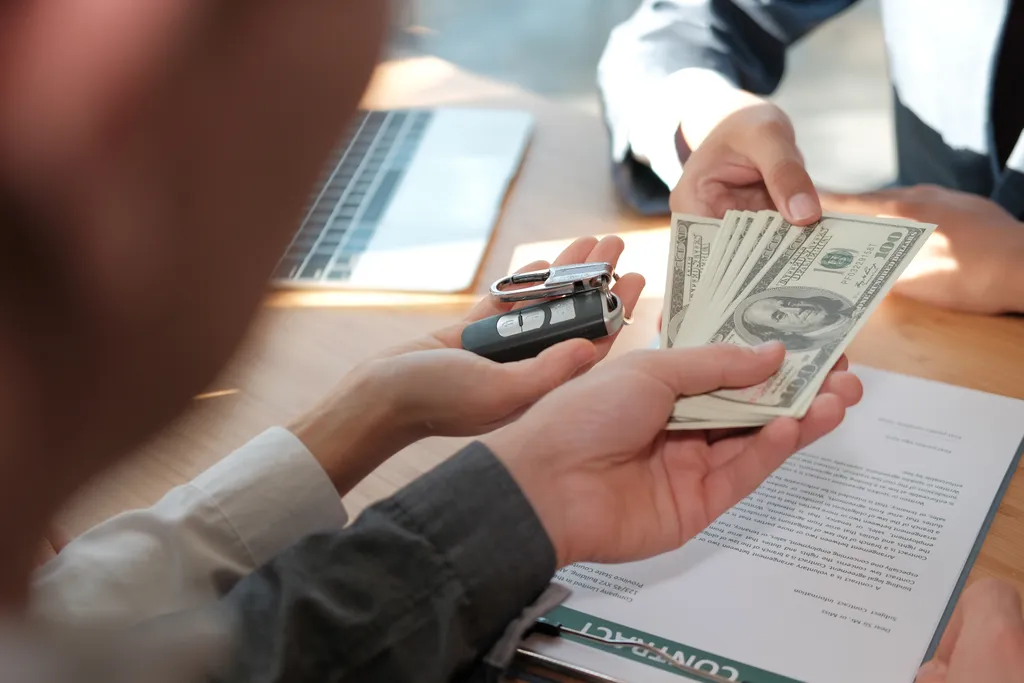 Shutterstock
Shutterstock
